Weaving dreams: inside Ermanno Scervino's lace-making wonderland
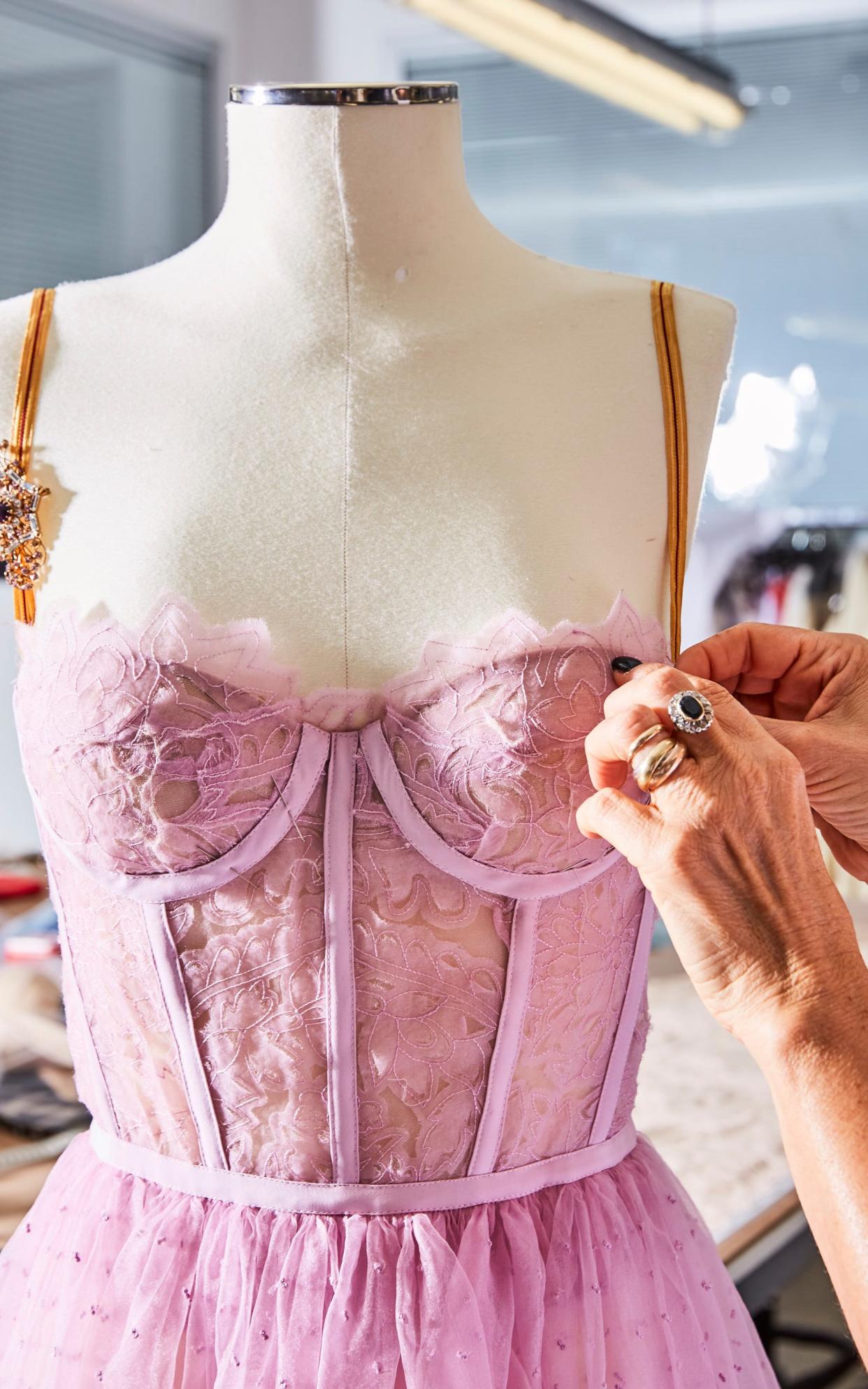
The higgledy-piggledy medieval villages that perch on top of Tuscany’s rolling hills are famous for their gastronomic bounties. Locals and tourists trundle along cobbled streets to stock up on wine and olive oil, reviewing their spoils over long, lazy lunches of home-made gnudi and Vin Santo-infused tiramisu. But behind this languid exterior lies a hive of industrial activity that, over centuries, has seen the "Made in Italy" label become a byword for luxury and quality.
Just as Modena has its supercars and Murano its glass, the people of Florence and the surrounding villages pride themselves on their superlative lace-making skills, with traditional textile arts preserved here since the 18th century.
It was perhaps inevitable that Florentine-born Gabriella Maiani would forge a career in fashion. Aged 20, she joined her mother-in-law’s lace-making factory – one of the many small, family-run manufacturers that dot the landscape. It specialised in creating intricate lingerie for aristocratic European and Middle Eastern clients, and it was here she learnt the tools of her trade, from sketching and pattern-cutting to hand-sewing the elaborate confections.
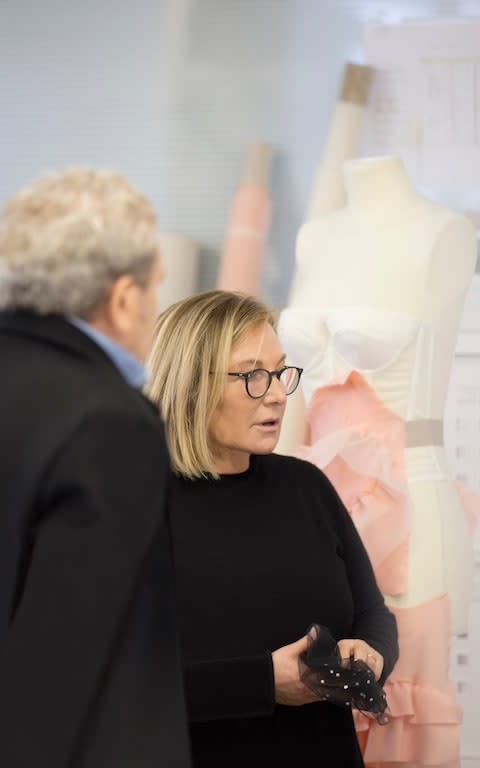
In 1997, Maiani caught the attention of Toni Scervino and Ermanno Daelli, co-founders of Italian fashion house Ermanno Scervino. They wanted help producing a high-end lace corset and, given the company’s commitment to manufacturing everything in Italy, only a homegrown talent would do.
"They were amazed with the results," says Maiani. "Ermanno told me that I was the only person he knew of who had the dexterity to develop exactly what he had in mind." A fruitful collaboration ensued, with Maiani tasked with helping to cement Ermanno Scervino’s niche as the creator of whimsically feminine, beautifully embellished pieces – all of which are made locally.
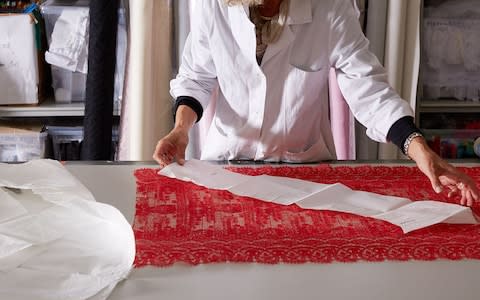
"'Made in Italy' means excellence," says Daelli (who now uses the surname Scervino for business reasons). "I want my garments to be recognised for what they are, not because they bear my name. If you manufacture somewhere else, you lose a sense of belonging to a territory."
In 2000, Ermanno Scervino bought Maiani’s family business, and her 20 craftspeople joined the company, which in 2007 relocated to a new HQ in Grassina, a small town about seven miles outside Florence. They still work there, alongside 30 more, crafting virtuoso pieces entirely by hand. The house works exclusively with a further 60 "labs" across Italy, but it’s here in Grassina, under Maiani’s watchful eye, that every catwalk sample is created from scratch.
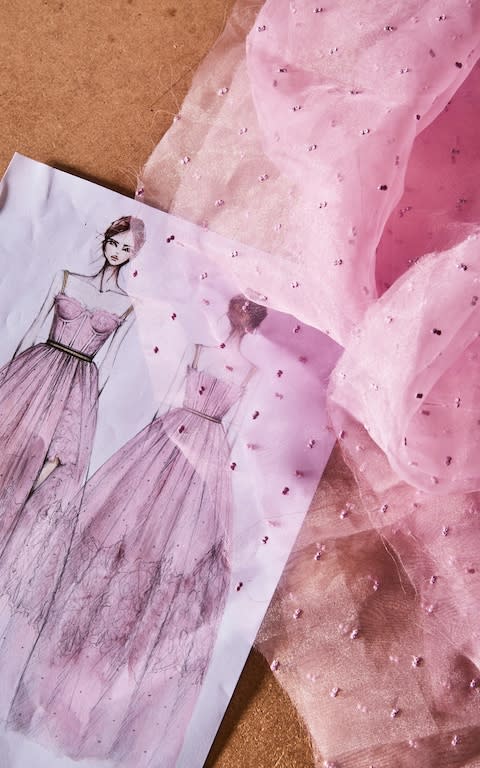
Paper and fabric toiles are cut and pinned to mannequins, before the final material is selected from shelves of crêpe de chine, organza, georgette, chiffon or cashmere in a rainbow of candy-coloured hues. Crates are piled high with every kind of lace, scraps of which become trims for negligee-style slip dresses. A blouse can consist of nine varieties, stitched together over a week, often by a mother-daughter duo, who work swiftly and silently with synchronised precision.
It’s an haute-couture approach to production that is unique in the world of ready-to-wear, and accounts for the brand’s popularity with an exacting, international clientele, including both Middle Eastern royalty and A-listers such as Jennifer Lopez, Eva Longoria and Olivia Palermo.
The house’s designer is a constant presence throughout the process. "Ermanno is close to me every step of the way," says Maiani. "We’ve been working together for so many years that, with just one look, we understand what we want from each other. It’s a beautiful thing."
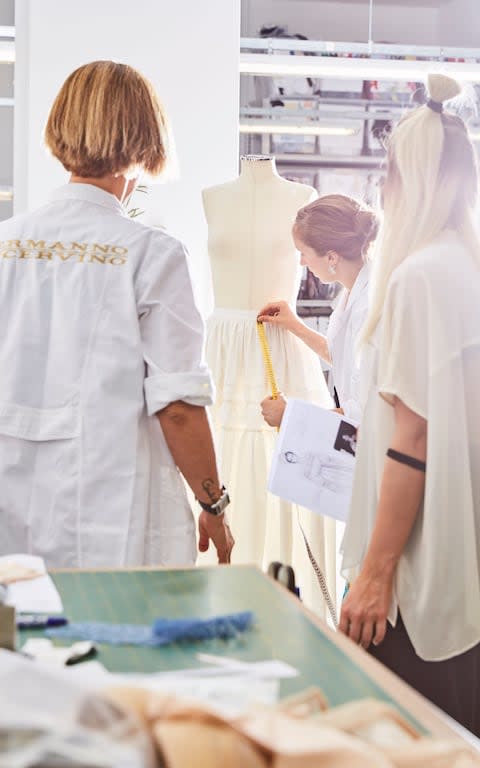
The feeling is mutual. "Gabriella and I are in love with perfection and that’s what has contributed to our success," says Daelli. "Turning my ideas into materials, colours and shapes is the most complex part of the work. Some might think I am the mind and she is the arm, but it’s not so – you cannot simply draw a sketch, then make a dress. We are two minds and four hands in constant collaboration."
The word that Maiani returns to time and again, whether describing her relationship with Daelli or the ambience of the workshop, is "tranquil". There’s a real sense of calm, despite the activity. "I strive to keep the atmosphere peaceful, so our workers are happy," she says. "Most have been here a long time, and some have committed to stay until they’re 80."
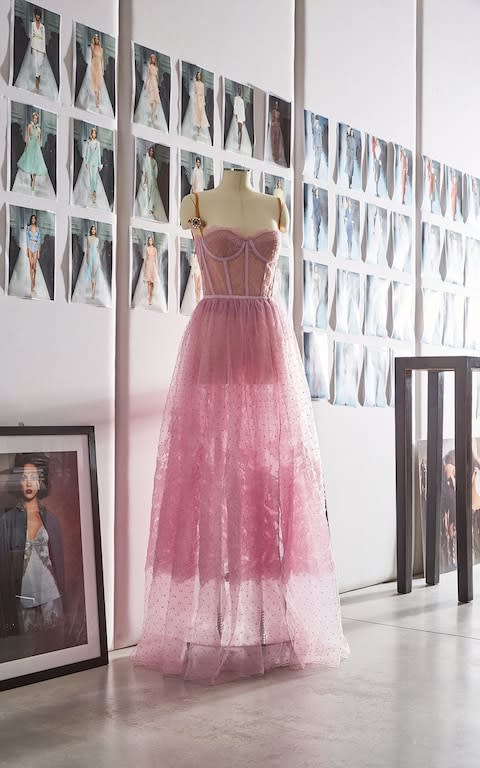
That expertise is vital, says Maiani, but only adequate education of the new generation will safeguard the future of their industry. "There are youngsters who are interested, but what’s missing is the schooling," she says. "We need proper training, teaching the simple but important techniques of feeling the fabric and preparatory sewing, otherwise these skills will be lost. I can’t see a bright future without it."
Daelli sees it another way: "Young people don’t want to use their hands nowadays – they want to use a PC," he says. "The future will see more interaction between traditional craftsmanship and modern technology, which is why it’s so important for us to have new talent in the atelier. That’s the way we’ll preserve Made in Italy craftsmanship – by keeping it up to date."
Autumn/Winter Shopping

